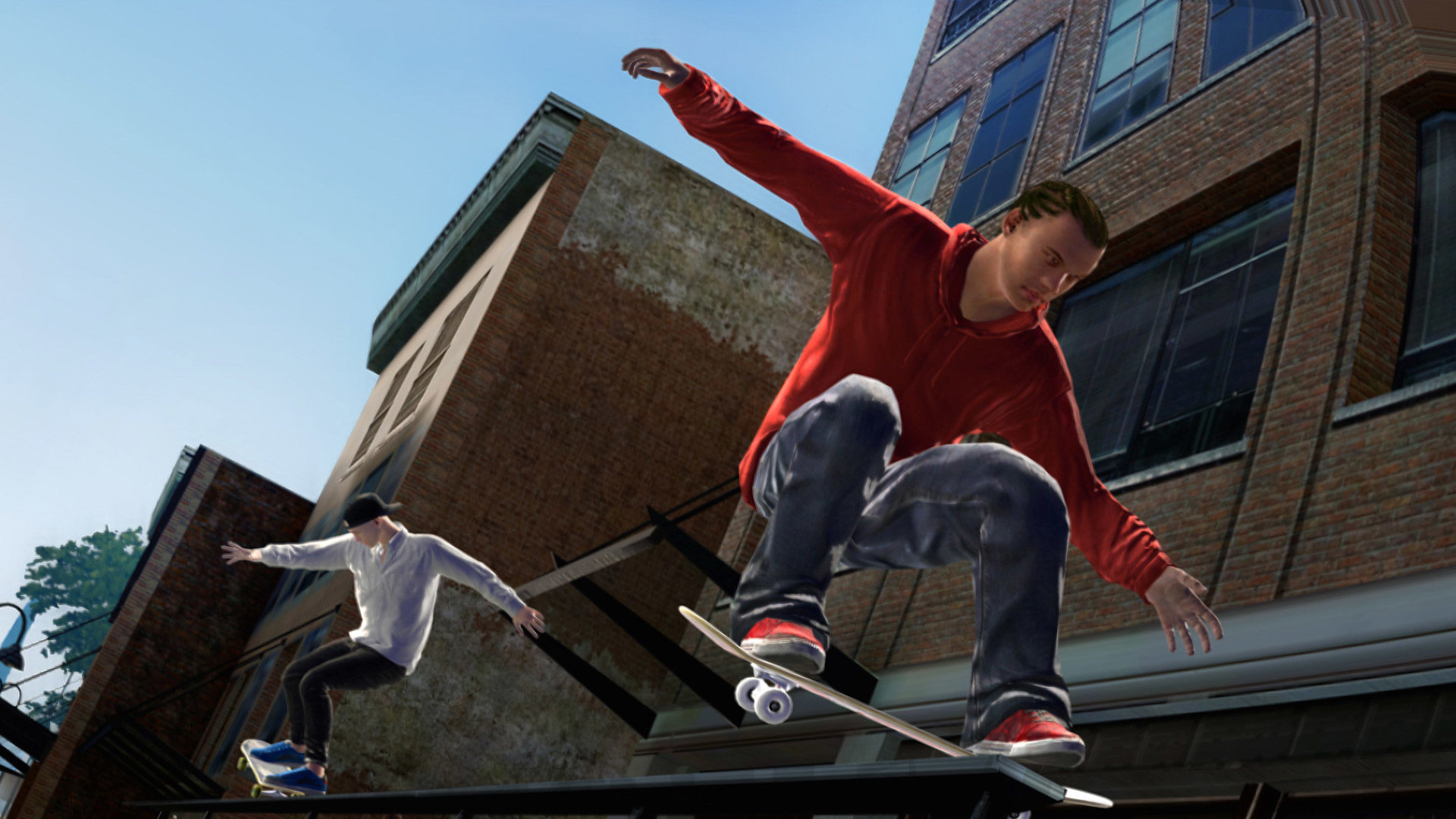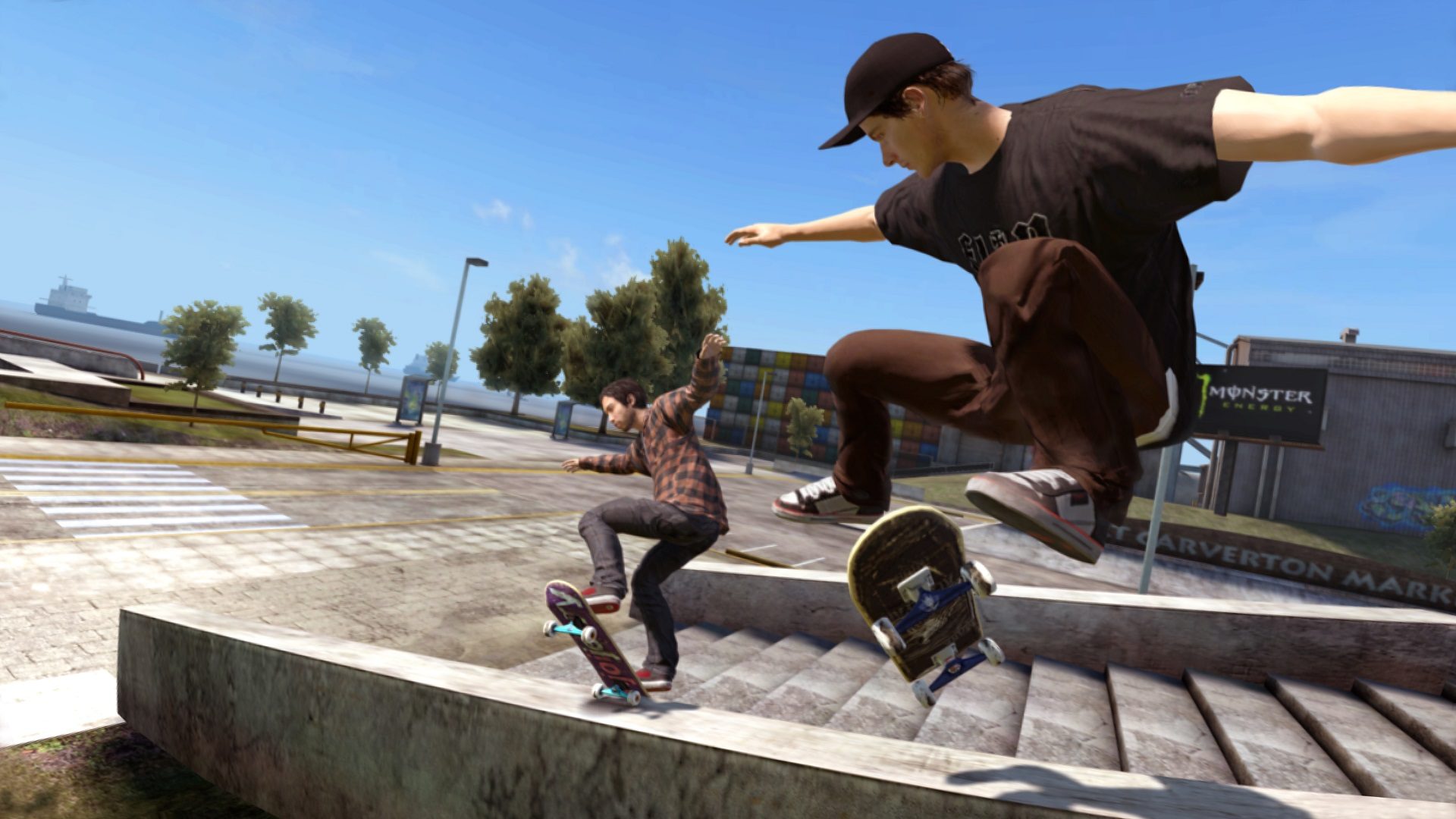We don’t know exactly when Skate 4 is launching, but we do know that it’s coming to next-gen consoles. Considering we haven’t seen Skate since the PlayStation 3/Xbox 360 era, when Skate 4 does arrive, it promises to be a huge leap forward for the series.
When talking about what Skate 4 will get from next-gen hardware, the conclusions may seem obvious. 4K! 60 frames per second! Yes, we all know the talking points, but what’s the best way for Skate 4 to take advantage of the advanced GPUs and CPUs that the Xbox Series X and Series and PlayStation 5 are packing?
What Matters to Skate
In other words, we know what graphical advantages Microsoft and Sony are promising with their consoles, but are 4K and ray-tracing what will actually enhance the Skate experience?
Well, sure. If Skate 4 runs with the main conceit of Skate 3, i.e. building a skate team through photo ops and homebrewed videos, then having those kinds of graphical enhancements can make for some impressive screenshots. Surely this is something that Skate 4’s social media and marketing teams are keenly aware of, given how impactful gifs and screengrabs on Twitter can be to publishers trying to sell a game.
The thing with having ray-tracing enabled on next-gen consoles is that, based on what we’ve seen so far based on previews and what other publishers like Ubisoft are promising with games like Assassin’s Creed Valhalla and Watch Dogs: Legion, ray-tracing can mean a major hit to frame rate.

Anyone familiar with PC gaming knows that even super-powerful GPUs like GTX 2080 Ti can struggle with running 4K games at 60 FPS, and ray-tracing basically makes it impossible. Sure, Nvidia and AMD are starting to roll out their next line of graphics cards, but when it comes to next-gen consoles, we’re talking about performance that’s on par with current gaming PCs.
What’s more important to Skate 4 players, we’d imagine, is having a consistent and locked frame rate that can provide responsive inputs and keep up with the game’s smooth, high-speed action.
Luckily, the Xbox Series X and S and PlayStation 5 are all capable of providing 120 FPS gaming at lower resolutions. At the moment, 4K 120 Hz TVs—you know, the TVs capable of switching between 4K gaming and 120 FPS gaming—are still pretty darn expensive, but if you have a 120 Hz or 144 Hz 1440p monitor, you can hook up your next-gen consoles to that and get your 120 FPS gaming fix that way.
Having the responsive inputs of 120 FPS gaming will be a game-changing experience for Skate 4 if the developers enable it. Timing tricks will be much easier, not just because the game will more accurately process your inputs, but also because the speedy action unfolding on your screen will be much clearer.
All Around the World
What might be more advantageous to the Skate 4 experience might not even be the next-gen GPUs but rather their SSDs.
What’s so special about the solid state drives (SSDs) that both Xboxes and the PlayStation 5 are boasting? They make load times super fast.
So how does that help Skate 4 specifically? Well, if Skate 4 maintains the same gameplay loop as Skate 3, that means that players will be able to fast-travel between different challenges, in addition to being able to skate there.

Next-gen SSDs can basically make fast-traveling between challenges near-instantaneous. That might not sound as flashy a feature as 120 FPS or ray-traced reflections in puddles, but it can drastically improve Skate 4’s user experience.
Imagine not having to wait for the game to load every time you want to try a different challenge. It keeps the game moving and can put a balm on the sting of having to abandon a challenge you can’t quite nail if you can just jump to another challenge without having to wait for the load time of shame.
We don’t know exactly when or how long into the next-gen console life cycle Skate 4 will launch, but it probably won’t be for a few more years. That will give developers time to really explore the potential of next-gen hardware, which means that we really have no idea what Skate 4 will be capable of by the time it launches. What we do know is that now is a really great time for Skate to make its return, thanks to the inevitable advances of next-gen hardware.

Michael Goroff has written and edited for EGM since 2017. You can follow him on Twitter @gogogoroff.